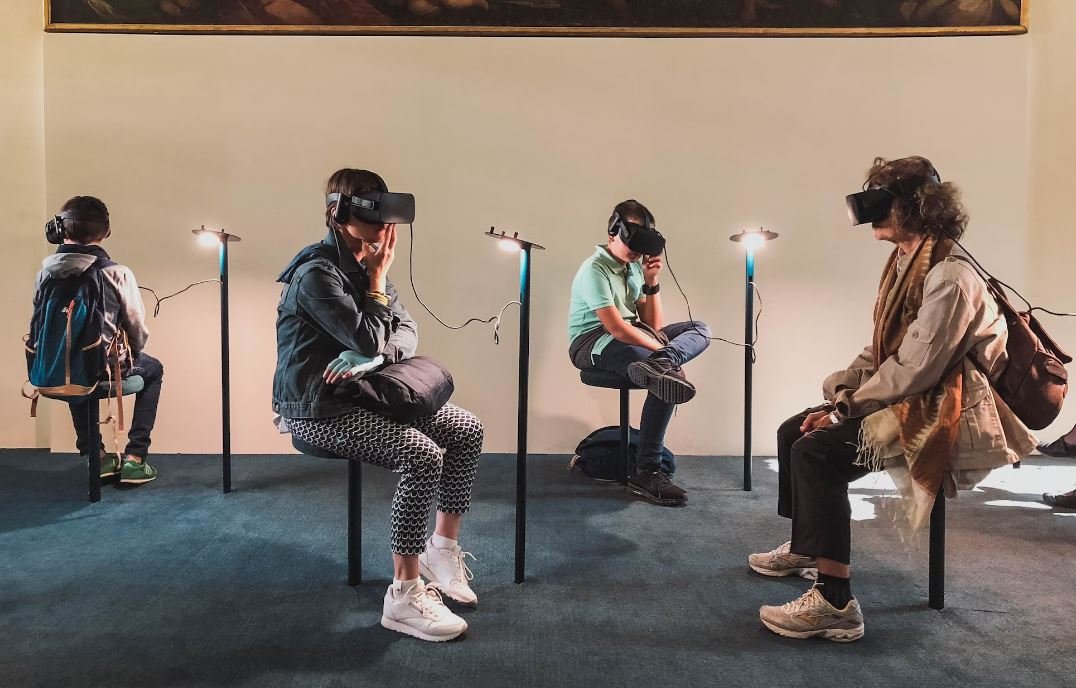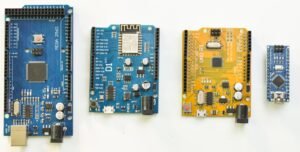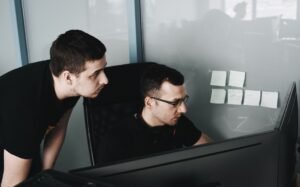AI Art
Artificial Intelligence (AI) has been making significant advancements in various industries, and the world of art is no exception. AI is now capable of creating stunning pieces of art that blur the lines between human and machine creativity. AI art has gained attention from both artists and technology enthusiasts, sparking discussions and debates about the nature of creativity and the role of machines in the art world.
Key Takeaways:
- AI art is created by machines using algorithms and deep learning techniques.
- It challenges traditional notions of human creativity and raises questions about the role of AI in the art world.
- AI art has gained popularity and recognition in recent years, with artworks being sold at high prices.
AI and Creativity
Artificial Intelligence algorithms, trained on vast amounts of data, have the ability to generate unique and visually appealing art. These algorithms analyze patterns, styles, and composition techniques from existing artworks and then generate their own original pieces. While some might argue that AI lacks the ‘essence of creativity,’ it’s important to note that AI art is fundamentally different from traditional art, and unique in its own right.
*One interesting aspect of AI art is the collaborative nature it brings to the creative process. Artists can use AI algorithms as tools and mediums to enhance their own artistic expression, resulting in new and intriguing art forms.*
Advantages of AI Art
AI art offers several advantages, both to artists and art enthusiasts:
- Exploring new artistic styles: By analyzing vast amounts of existing art, AI algorithms can generate art in diverse styles, opening up new artistic possibilities.
- Efficient creative process: AI algorithms can quickly generate art, saving artists time and effort in the creative process.
- Unlimited experimentation: With AI, artists can experiment with various techniques, styles, and compositions without the constraints of traditional artistic mediums.
Impact on the Art Market
AI art has made a notable impact on the art market. Auctions have seen AI-generated artworks sell for significant prices, with one notable piece selling for over $400,000 in 2018. This newfound recognition and demand for AI art have sparked a debate about its value and authenticity in the art world.
*An intriguing aspect of AI art collectors is the novelty and uniqueness they seek, as AI art represents a merging of cutting-edge technology and creative expression, making it a desirable addition to art collections.*
| Year | AI Art Auction Sales |
|---|---|
| 2017 | $432,500 |
| 2018 | $1,196,000 |
| 2019 | $2,312,500 |
The Future of AI Art
AI art is still in its infancy, but it holds great potential to revolutionize the art world. As AI algorithms continue to advance, we can expect even more sophisticated and thought-provoking artworks. However, questions surrounding the originality, authorship, and emotional depth of AI art remain. It is an exciting time for both artists and art lovers, as they embrace the fusion of human creativity and machine intelligence in this evolving artistic landscape.
Key Takeaways:
- AI art holds the potential to revolutionize the art world with even more advanced and thought-provoking artworks in the future.
- The impact of AI on the art market is growing, with AI-generated artworks fetching high prices.
- The collaboration between AI and artists can result in new and intriguing art forms.
| Year | AI Art Auction Sales |
|---|---|
| 2020 | $3,745,000 |
| 2021 | $5,810,000 |
| Advantages | Disadvantages |
|---|---|
| Exploration of new artistic styles | Lack of human emotional depth |
| Efficient creative process | Questions around originality and authorship |
| Unlimited experimentation | Art market acceptance and value |
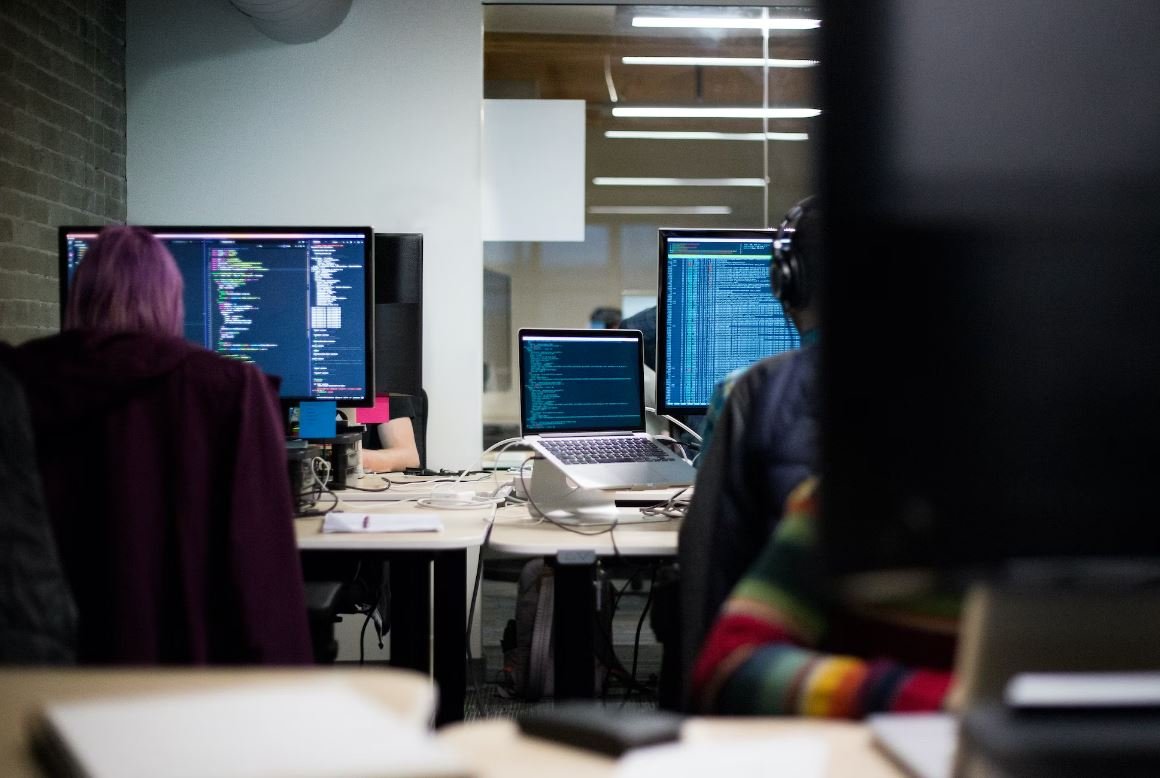
Common Misconceptions
AI Art is Inherently Original
- AI art is often based on existing data and trained on a specific dataset.
- AI algorithms can create new combinations or variations of existing art.
- AI art may not have the same level of creativity or originality as human-created art.
AI Art is Created Solely by Machines
- Artificial intelligence in art is a collaboration between humans and machines.
- Artists input their preferences and guide the AI algorithms.
- Humans make the final decisions on which AI-generated artworks are selected and exhibited.
AI Art is Only for Tech-Savvy Individuals
- AI art tools and software are becoming more accessible and user-friendly.
- Anyone can explore AI art with basic knowledge of art and technology.
- Non-technical individuals can appreciate and create AI art without coding skills.
AI Art Will Replace Human Artists
- AI art does not intend to replace human artists but rather to augment their creative process.
- Human artists bring unique emotions, experiences, and storytelling to their artwork.
- AI art and human art can coexist and inspire each other.
AI Art is Perfect and Consistently High-Quality
- AI art can produce varying levels of quality, just like human-created art.
- The output of AI art depends significantly on the training dataset and intelligence of the algorithm.
- Artistic techniques and nuances can still be difficult for AI to replicate accurately.
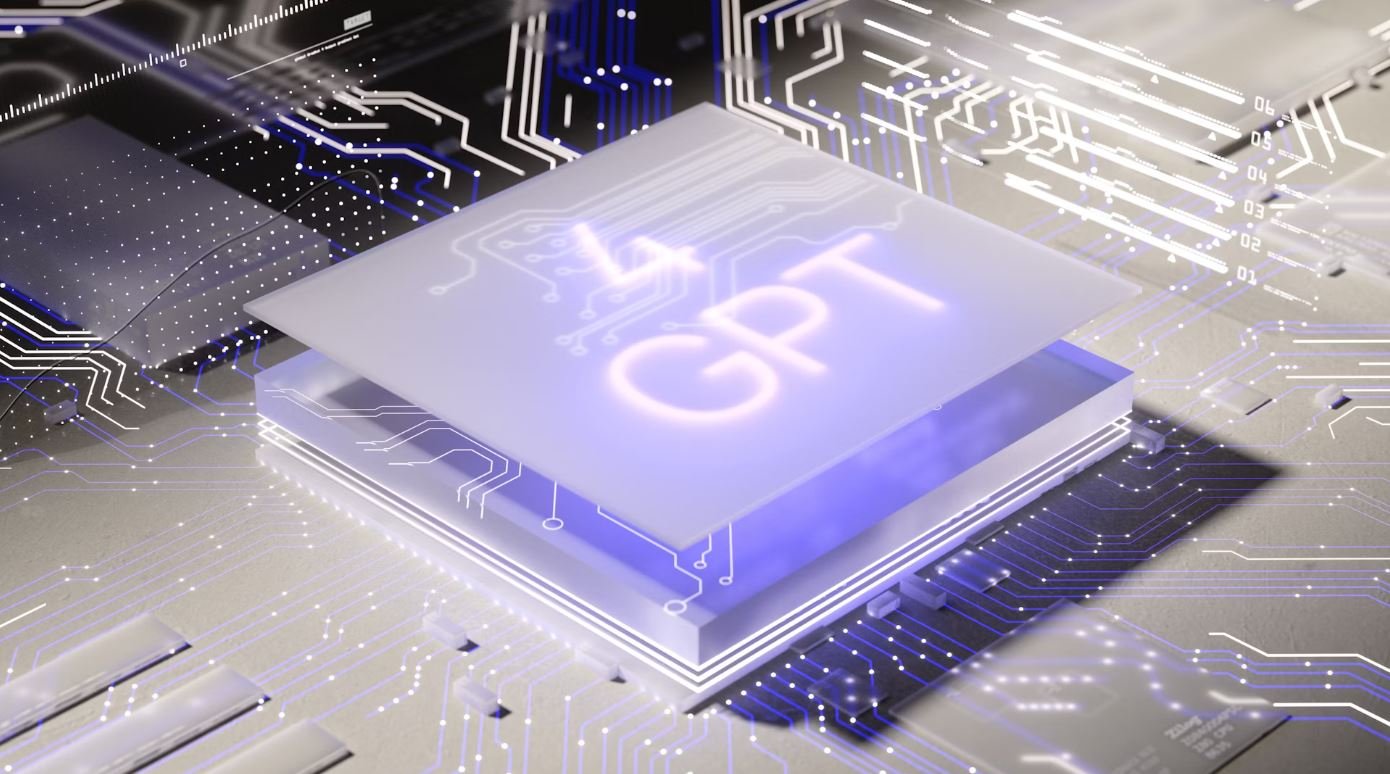
AI Art
Artificial Intelligence (AI) has revolutionized various industries, and the art world is no exception. AI has enabled artists to create stunning, thought-provoking artwork that challenges traditional notions of creativity and human expression. This article explores ten fascinating aspects of AI art, showcasing how technology is reshaping the artistic landscape.
Artistic Styles Created by AI
AI algorithms can analyze millions of existing artworks to generate unique artistic styles. This table presents some of the most remarkable art styles created by AI, ranging from abstract to surrealistic.
| Artistic Style | Description |
|---|---|
| Neo-Impressionism | Characterized by the use of small, distinct brushstrokes and vibrant color combinations. |
| Dadaism | An artistic movement that rejected traditional art techniques and embraced irrationality. |
| Cubism | Focuses on geometric forms and multiple perspectives, portraying subjects from various angles. |
| Abstract Expressionism | A style that prioritizes spontaneous, instinctive paint application to convey emotions. |
AI’s Impact on Art Sales
As AI-generated art gains recognition, it is increasingly being sold in the art market. This table highlights some notable sales of AI art pieces with astounding price tags.
| Artwork | Sale Price |
|---|---|
| “Portrait of Edmond de Belamy” | $432,500 |
| “The First AI-Generated Artwork to Go to Auction” | $16,000 |
| “AICAN: The Creative AI” | $8,800 |
| “Memories of Passersby I” | $5,000 |
AI in Collaborative Art
AI has opened up new possibilities for collaboration between humans and machines. This table showcases collaborative projects between AI and renowned artists.
| Collaboration | Artists Involved | Description |
|---|---|---|
| The Next Rembrandt | Microsoft, ING, and J. Walter Thompson | AI analyzed Rembrandt’s paintings and created a new piece using his style. |
| Picasso’s Art Evolution | Google’s DeepDream and artists | Artists used AI to simulate Picasso’s style and further develop his artistic evolution. |
| Exploration of Styles | Google’s DeepArt and artists | AI allowed artists to explore various artistic styles and merge them with their own. |
AI Art Exhibitions
AI art is gaining recognition in the art world, leading to dedicated exhibitions worldwide. This table showcases some of the most remarkable AI art exhibitions held to date.
| Exhibition | Location | Description |
|---|---|---|
| AI: More than Human | London, UK | An exhibition exploring the relationship between humans and AI through various art installations. |
| The Uncanny Valley | Seoul, South Korea | A collection of AI-generated artworks exploring themes of identity and the digital world. |
| Artificial Paradise | San Francisco, USA | An exhibition showcasing AI-generated art pieces that examine the intersection of technology and nature. |
AI Artists’ Popularity on Social Media
Social media has played a crucial role in promoting AI art and gaining popularity among art enthusiasts. This table highlights the number of followers AI artists have acquired on various social media platforms.
| AI Artist | Instagram Followers | Twitter Followers |
|---|---|---|
| Roboism | 205,000 | 56,300 |
| AI.Artist.Robot | 162,000 | 41,800 |
| AI Gahaku | 127,000 | 33,700 |
Evolving AI Art Techniques
AI art techniques continuously evolve as new algorithms and technologies are developed. This table presents some innovative techniques used in AI art creation.
| Technique | Description |
|---|---|
| Neural Style Transfer | AI algorithm applies the style of a particular artwork to another image. |
| Generative Adversarial Networks (GANs) | Two AI models compete against each other, generating and evaluating images to improve realism. |
| DeepDream | AI algorithm enhances and modifies images, creating dream-like hallucinatory visuals. |
AI Art in Advertising
The advertising industry has embraced AI art to create visually stunning and captivating campaigns. This table highlights notable AI art collaborations in the advertising world.
| Brand | AI Collaboration | Art Description |
|---|---|---|
| “Art Zoom” project | AI-generated deep zoom into famous artworks, allowing users to explore their intricate details. | |
| Volkswagen | “The Electric Sound Soundsystem” campaign | AI-created illustrations and animations depicting the sound of Volkswagen electric cars. |
| Adobe | “The Lost Creativity” project | AI-generated art highlighting the possibilities of Adobe’s creative tools. |
AI Art Awards and Recognitions
AI artists have received prestigious awards, further solidifying their position in the art world. This table showcases some of the notable awards bestowed upon AI art.
| Award | Recipient | Description |
|---|---|---|
| Lumen Prize for Artificial Intelligence | Harshit Agrawal | Awarded for “Dimensions”, an AI-generated artwork exploring nonlinear systems. |
| The Robot Art Competition | Leonel Moura | Recipient of multiple awards for AI-created artworks representing various themes. |
| AI Song Contest | AI.Duet | An AI duet partner that creates melodies based on the user’s input, recognized for its musicality. |
AI’s Influence on Art Education
AI’s impact extends to art education, transforming the way individuals learn and create art. This table exemplifies how AI is incorporated into art education.
| Institution | AI Integration | Description |
|---|---|---|
| The Art Institute of Chicago | AI in art curation | AI technology assists in curating art collections, providing diverse perspectives for students. |
| MIT Media Lab | AI-driven creative tools | Developed AI tools that aid artists in ideation, exploration, and creation processes. |
| Carnegie Mellon University | AI art research labs | Incorporated AI research labs within the art department to encourage interdisciplinary collaboration. |
In conclusion, AI art revolutionizes the artistic landscape, pushing boundaries, and challenging our perception of creativity. Through its impact on artistic styles, art market sales, collaborative projects, exhibitions, and even art education, AI demonstrates its profound influence on the art world. As AI art continues to evolve and gain recognition, it opens up new possibilities for human-machine creativity collaboration and explores uncharted territories of artistic expression.
AI Art – Frequently Asked Questions
How does AI create art?
AI creates art through deep learning algorithms that analyze and mimic patterns found in existing artwork or generate new styles based on input data. These algorithms enable AI to generate images, music, poetry, and even entire works of art.
What are the benefits of AI art?
AI art allows for unique and innovative artistic creations that push the boundaries of traditional human art. It can provide new perspectives and insights by combining different styles and techniques. Additionally, AI art can be a tool for artists to explore and experiment with new ideas.
Can AI art be considered original?
AI art can be considered original in the sense that it is a result of AI algorithms creating something unique. However, there is an ongoing debate about the level of creativity and artistic intent involved in AI-generated artworks.
Can AI replace human artists?
AI can assist and enhance the creative process, but it is unlikely to completely replace human artists. The human element of art, including emotions, experiences, and personal expression, is currently difficult to replicate with AI alone.
Are there ethical concerns surrounding AI art?
There are various ethical concerns surrounding AI art, such as issues of authorship, intellectual property, and the potential for AI to perpetuate biases present in the data used for training. These concerns raise questions about the role of AI in the art world and its impact on human artists.
Can AI art have a cultural or societal impact?
AI art can have a cultural or societal impact by challenging existing artistic norms, fostering new dialogues, and sparking discussions about the role of technology in the creative process. It can also raise awareness about the potential implications of AI in various fields.
Is AI capable of creating emotional or meaningful art?
AI has the potential to create art that evokes emotions and possesses meaning, but its ability to fully grasp and express complex human emotions is still limited. While AI can generate visually appealing artwork, the interpretation and emotional connection with the audience remain subjective.
What are some popular examples of AI-generated art?
Popular examples of AI-generated art include DeepDream, a neural network-generated image modification tool, and AARON, an AI program that creates original paintings. Additionally, there are various AI art exhibitions and installations showcasing the possibilities of combining AI and creativity.
How can I start experimenting with AI art?
To start experimenting with AI art, you can explore AI art platforms and tools available online, such as DeepArt.io or OpenAI’s DALL·E. These platforms provide user-friendly interfaces for generating AI art and offer tutorials and resources to help you get started.
Can AI art be sold and purchased?
AI-generated art can be sold and purchased like any other form of artwork. Some AI-generated artworks have been sold at auctions and galleries, raising questions about the value and ownership of AI art in the art market.

